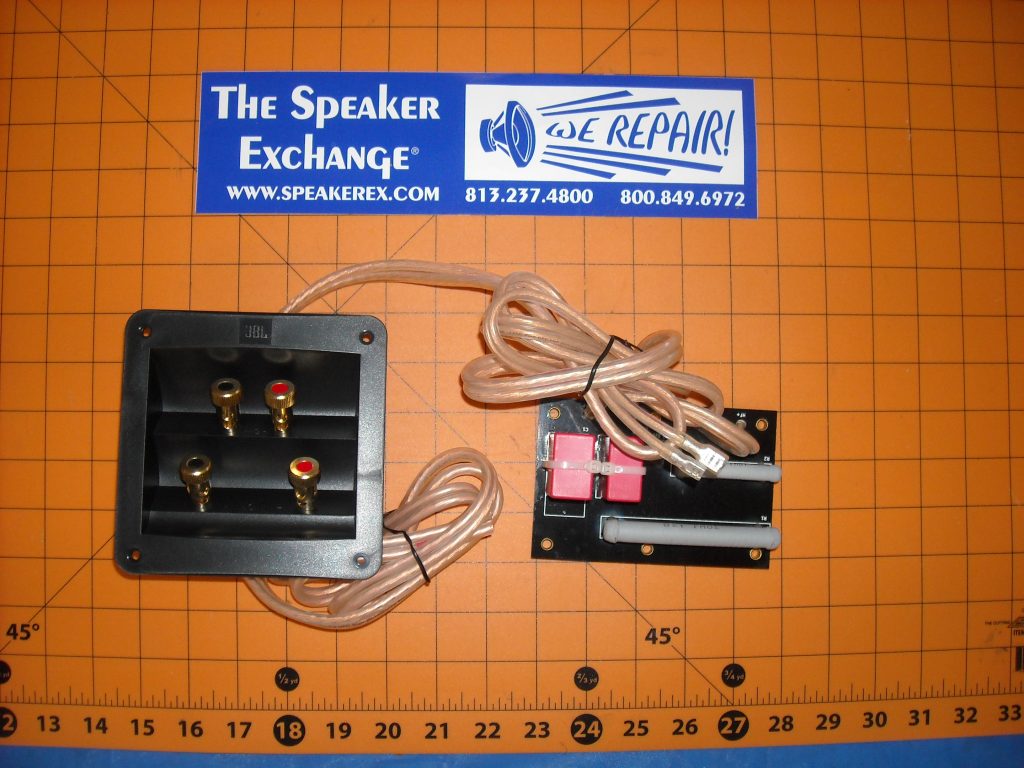Galliardist
Major Contributor
Ah, so we're playing "trap the idiot" here, are we?OK
So by your definition this is a passive speaker:
https://jblpro.com/en/products/m2
@ MarkS Bad??? Why?? Or is that sarcasm??
Rob
I'll remind you what you specified:
And point out that the M2 does not use "nothing on any other drivers".So what would you call a speaker system that uses a protection capacitor and passive attenuation on the compression driver but nothing on any other drivers???
Rob
From the brochure:
HARMAN Crown I-Tech power amplifiers complete the M2 system, providing greater than a kilowatt of clean power to the 2216Nd woofer, and more than enough power for the D2 driver. Working in concert with the M2’s revolutionary Image Control waveguide, BSS® OMNIDRIVE HD™ digital signal processing in the Crown I-Tech allows the implementation of an ideal crossover, while providing the option for storage of EQ presets.
Of course, you can forgo the electronics. In which case you have a box with a couple of drivers and that passive attenuation - a passive box.

